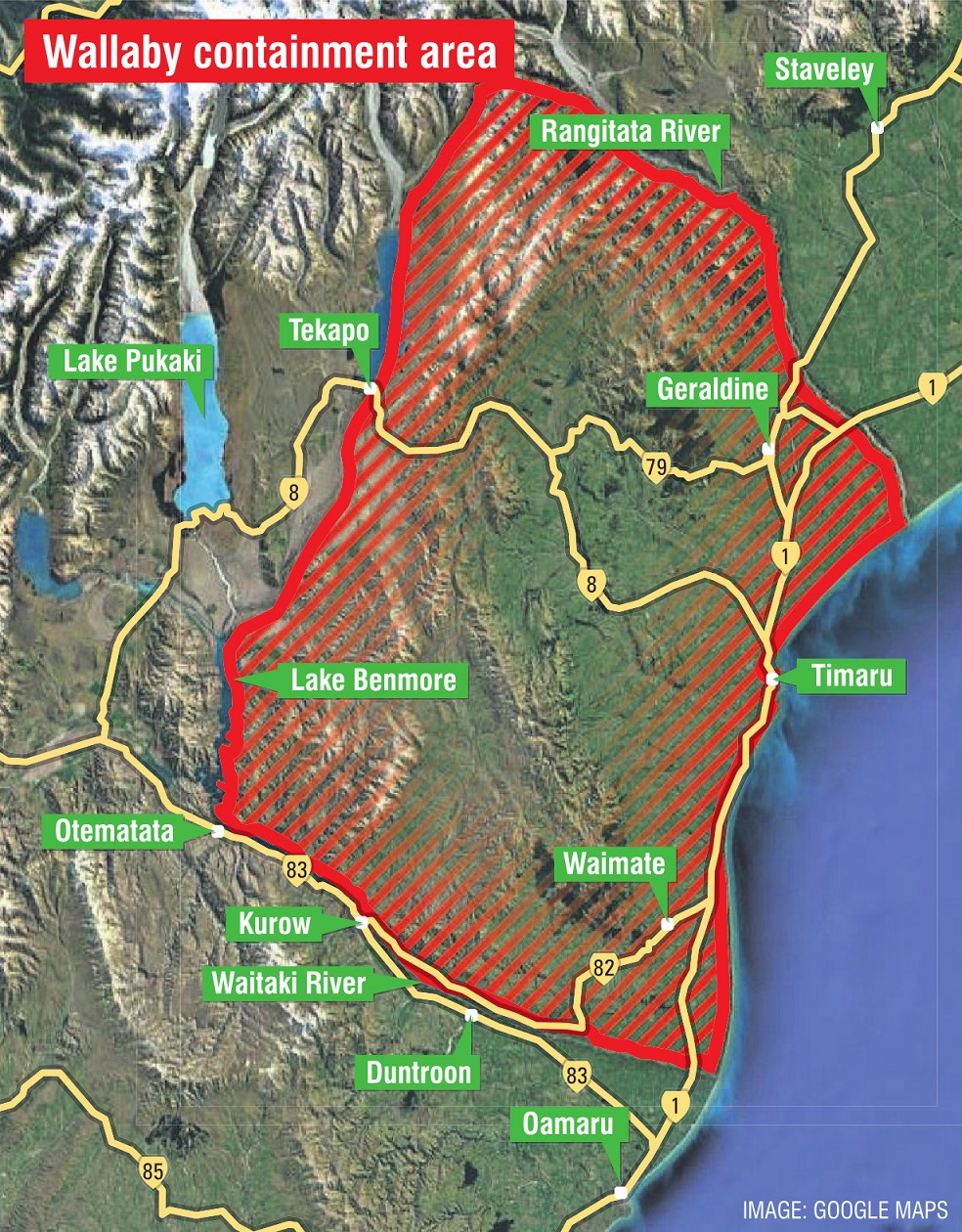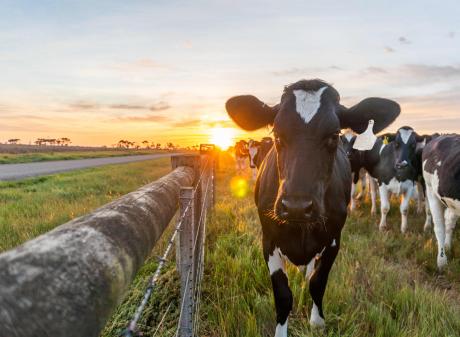
About 1100 wallaby invaders have been reported over the past three years.
The pests — introduced in the late 1800s — are escaping mainly into the western Mackenzie Country and on the south bank of the Waitaki River.
The goal is to contain them to an area of 900,000 hectares — five times larger than the Stewart Island.

Wallabies are an agricultural problem because they compete with livestock for feed — with three wallabies eating as much as one sheep — and foul pasture. They damage fences, destroy crops and kill plantation forest seedlings as well as preventing native bush from regenerating.
Environment Canterbury wallaby programme leader Brent Glentworth said stopping the spread of wallabies outside this area was the main thrust of a National Wallaby Eradication Programme.
He said the programme, with a $27 million budget over four years, was helping them get on top of wallaby control nationally.

The programme includes Dama wallabies in the North Island and Bennetts wallabies in the South Island.
Mr Glentworth said wallaby escapees naturally hop across dams or rivers to find new territory themselves.
"We’ve also had human-assisted spread and it is illegal to capture and remove wallaby from the area, but we’ve had them from the top of the south and the bottom of the south in Balclutha. But those wallaby didn’t get there by themselves. They’ve been taken away and we’re really concerned because New Zealand doesn’t need another widespread herbivore pest."
Once the wallabies are pushed back to the containment buffer the plan is to gradually reduce its size.
He said the exact numbers of wallabies were unknown because it was such a large area.
"It would easy be over a million in the containment area and outside containment their numbers were growing right from our first report which was 1998. That was increasing annually except for last year which was our first year largely due to the national programme where we have reduced [them]. We are halfway through this calendar year and it looks like we are on track to have another decline in the main areas of risk."
Fence
A new 48 kilometre fence is being built to contain their spread in the Mackenzie Basin environment.

Building the fence will be done in stages over a few years, starting with a 15km section from Grays River north towards Lake Tekapo.
An apron along the bottom of the 1.3m high structure with Australian-made wallaby exclusion netting is expected to stop wallabies and rabbits from passing underneath.
The project funded by the national programme is expected to cost $1.4 million.














